Owning an allotment is now one of Brition’s top three life goals, but the process of acquiring and keeping up with one is no walk in the park.
After waiting for many months or even years, you get the phone call you didn’t think you’d receive; in fact you probably forgot it was coming.
You have reached the top of the waiting list and you are now eligible for a plot.
To celebrate this year’s National Allotments Week, we spoke to one north-east allotment holder to find out what happens next.
First comes the micro plot
Martin Toward has rented an allotment from Aberdeen City Council since 2015.
His 130m2 plot is in Slopefield Allotments off Craigton Road, the biggest allotment site in the city.
“I didn’t start off with that size,” he said, “back then the council would start you off on a micro plot which was about 30m2 for about six months, that was on top of the year I waited to get in.
“The reason they did that is basically to test you and see if you can handle it.”
Now in his seventh growing season on the big plot, Martin, 50, can appreciate this approach.
“A lot of people have rose-tinted spectacles on when it comes to allotments,” he said.
“They think ‘oh I’ll just pop a few seeds in the ground and I’ll have some nice potatoes and carrots’.”
As a new plot holder, your mind immediately turns towards thoughts of orderly allotment plots, bountiful harvests, must-have items to buy and all the fruit and vegetables you are going to grow.
For now, don’t spend a penny and try to keep preconceived ideas to a minimum – you’re far away from the glory days of harvest.
“To start with, it really is sink or swim,” said Martin.
Work with what you’ve got
If you’re lucky your plot may be in good order, but often, plots have been vacant for long periods and become overgrown and bordering on feral.
“The condition of plots can be a real mixed bag,” said Martin. “Some are left to go wild.
“I was quite lucky. Mine was okay and it came with a shed which was a plus, but it didn’t have the layout I wanted.”
Each plot has its own potential and Martin sees it as the allotment owner’s job to restore it.
“It’s an investment, like buying an unloved house and doing it up.”
In his experience, he advises against decimating your new plot with a strimmer and instead taking a more gradual approach.
“It’s only in the last year or two I’ve got my space looking how I want it,” he said. “It takes time to learn how you actually want to use and make best use of the space.
“In the beginning I didn’t even consider things like wildlife or biodiversity, but now I do.”
Yellow raspberries and kale, with a side of smugness
When it comes to planting Martin has two simple rules:
- Grow what you want to eat
- Plant to the conditions
Smugness is a well-documented side-effect of having an allotment at this time of year, with crops of homegrown raspberries, kale, courgettes and other goodies making it to the dinner table.
But when it comes to sitting down to eat, if you don’t actually like kale or find raspberries sour, what has been the point?
“Growing your own also allows you to have things you can’t buy, like purple carrots or yellow raspberries – which are much better and sweeter than the usual red ones,” said Martin.
“It’s a cliché but the veg I grow tastes far better than the supermarket.
“In the shops, vegetables are grown to look nice and travel well but they can lose a lot of their flavour along the way.”
And when it comes to growing to the conditions, it’s wise not to plant your squash before your sprouts. Or in other words, not to run before you can walk.
“Certain crops do better than others in Scottish weather and soil,” Martin said.
“Cauliflower, cabbage, kale, brussels sprouts and tatties always do well, but the likes of squash and pumpkins like more heat and can be trickier.
“The best thing to do is work with nature.”
Join the growing community
Although gardening is typically something of a solitary hobby, gardening in an allotment is a different beast.
The majority of plots may be owned by councils, but they are run by allotment associations made up of plot holders.
These associations prioritise creating a community feel to allotments, as well as sharing tips, encouraging sustainable gardening practices and enhancing biodiversity.
“There is such a mixture of people involved, it’s not at all that stereotypical view of just retired people,” said Martin.
“There are also families and people like myself who are still working full time, as well as different cultures like Greek, Chinese and Eastern European.
“It’s easy to chat and make friends when you already have something in common.”
Get on the ‘gram
If you’re still on the fence wondering if you could afford the time and money it takes to run an allotment, or if you’re stuck on a never-ending waiting list to get one, social media can be a good place to go in the meantime.
Martin began following several Facebook pages and bloggers when he started his journey and about two years ago started up his own gardening page.
Known as an Aberdeen Allotment on Facebook and Instagram, he blogs gardening updates from his plot on Craigton Road to followers from around the country.
“When I was following bloggers, I noticed that they were all down south,” he said.
“And what they were doing wasn’t at all right for where I lived, so I decided to set up my own page.
“Instagram in particular can be very picture-perfect with people pretending everything is great all the time, so I make a point of posting my failures as well as my successes.
“Like this year my carrots haven’t germinated hardly at all, but that is just gardening.
“You win some, you lose some.”
And eventually it seems, you will also begin to learn that allotment gardening is not so much of a hobby as it is a way of life.
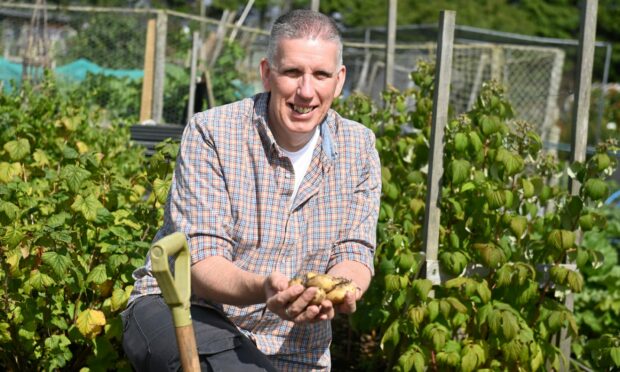
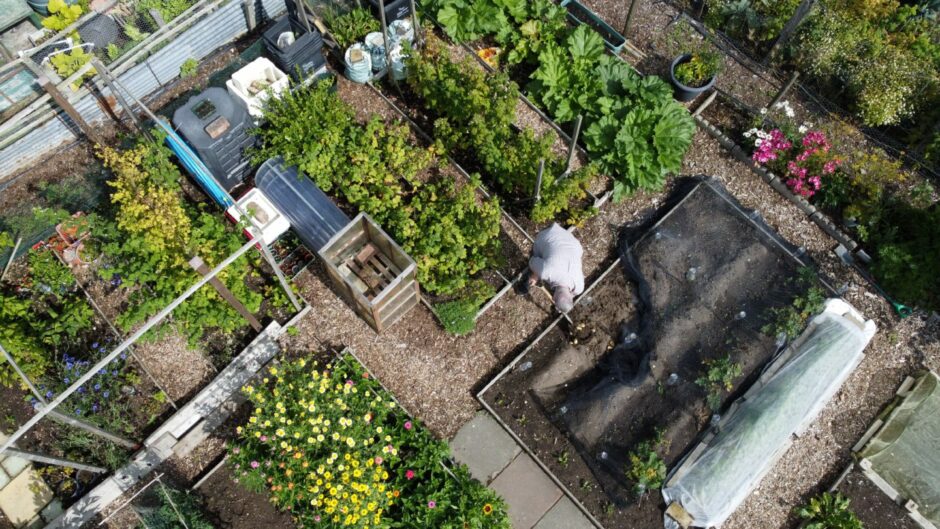
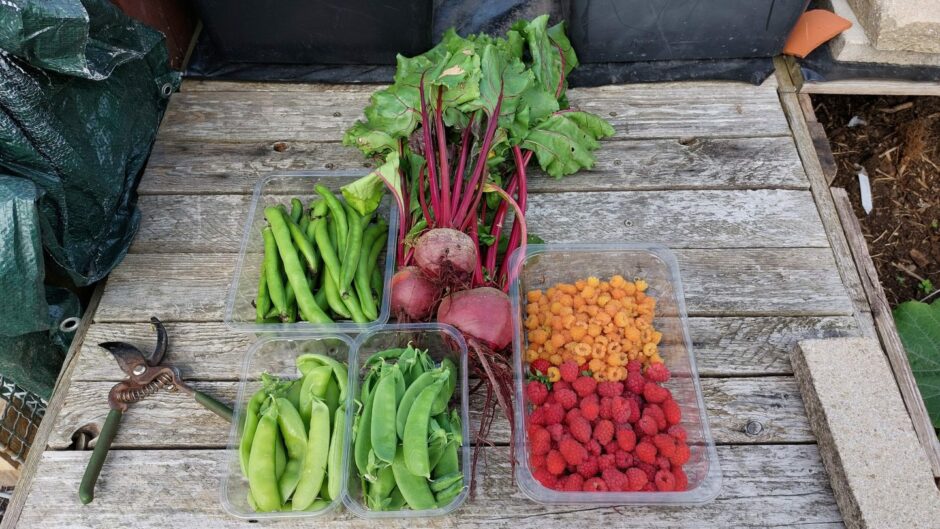
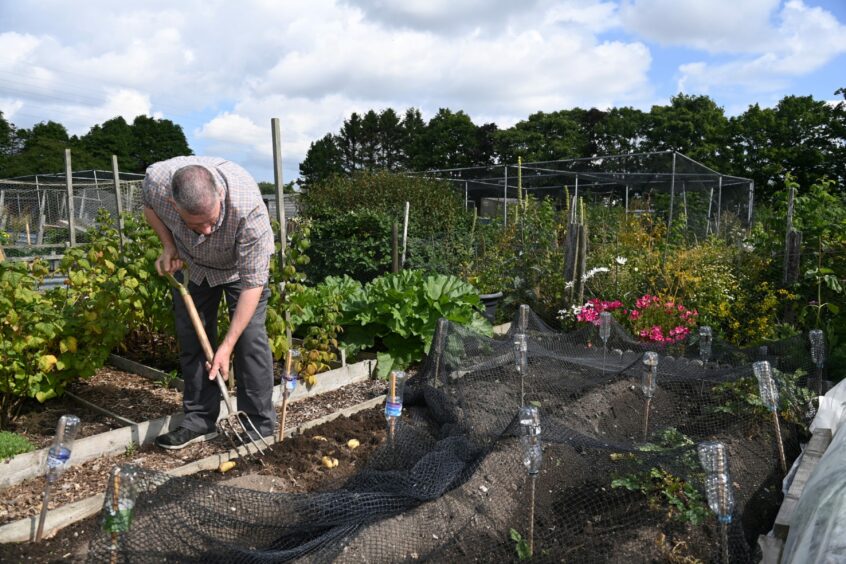
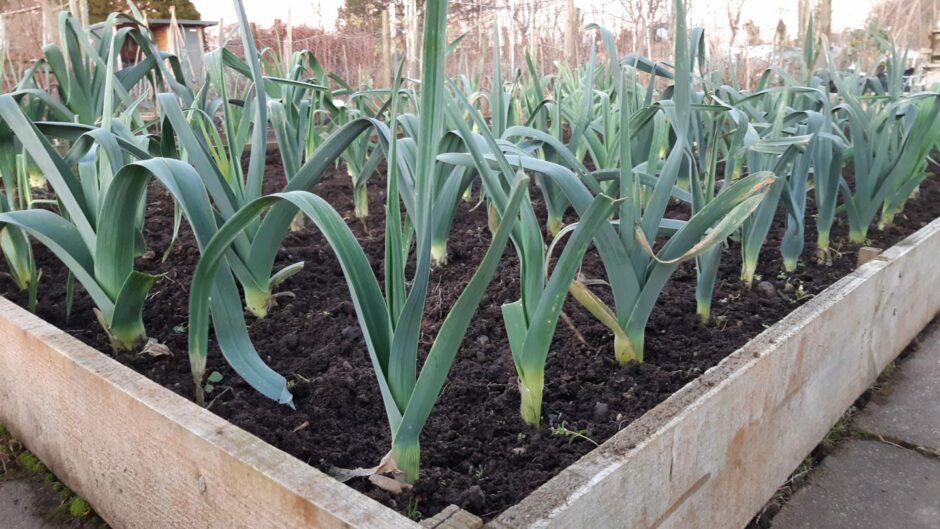
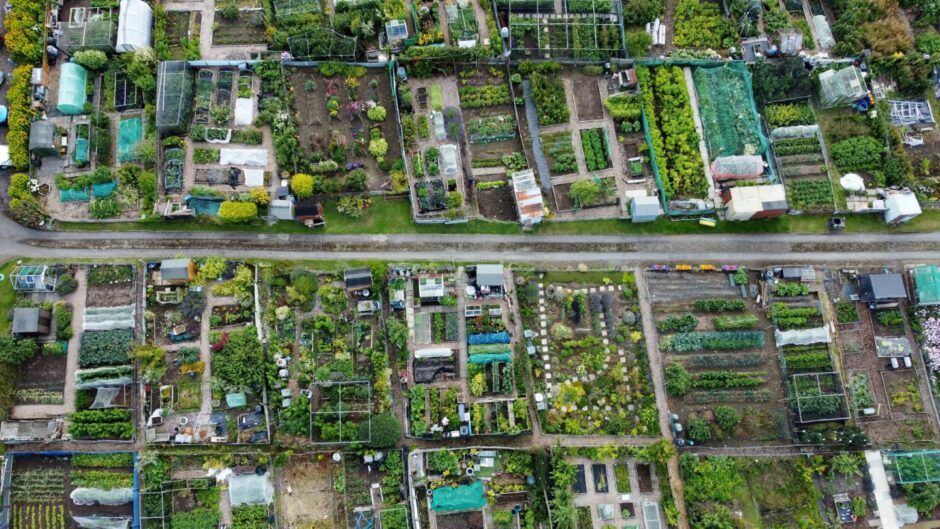
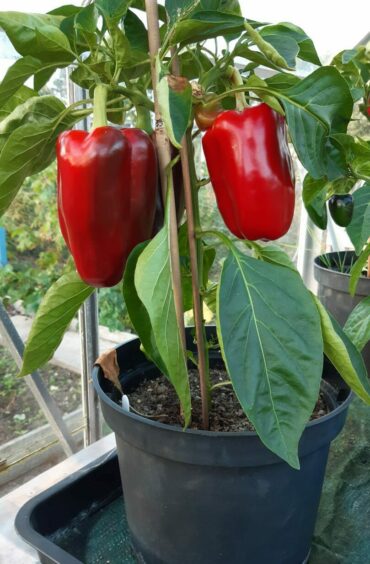
Conversation